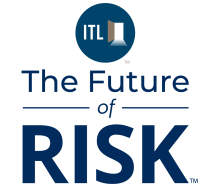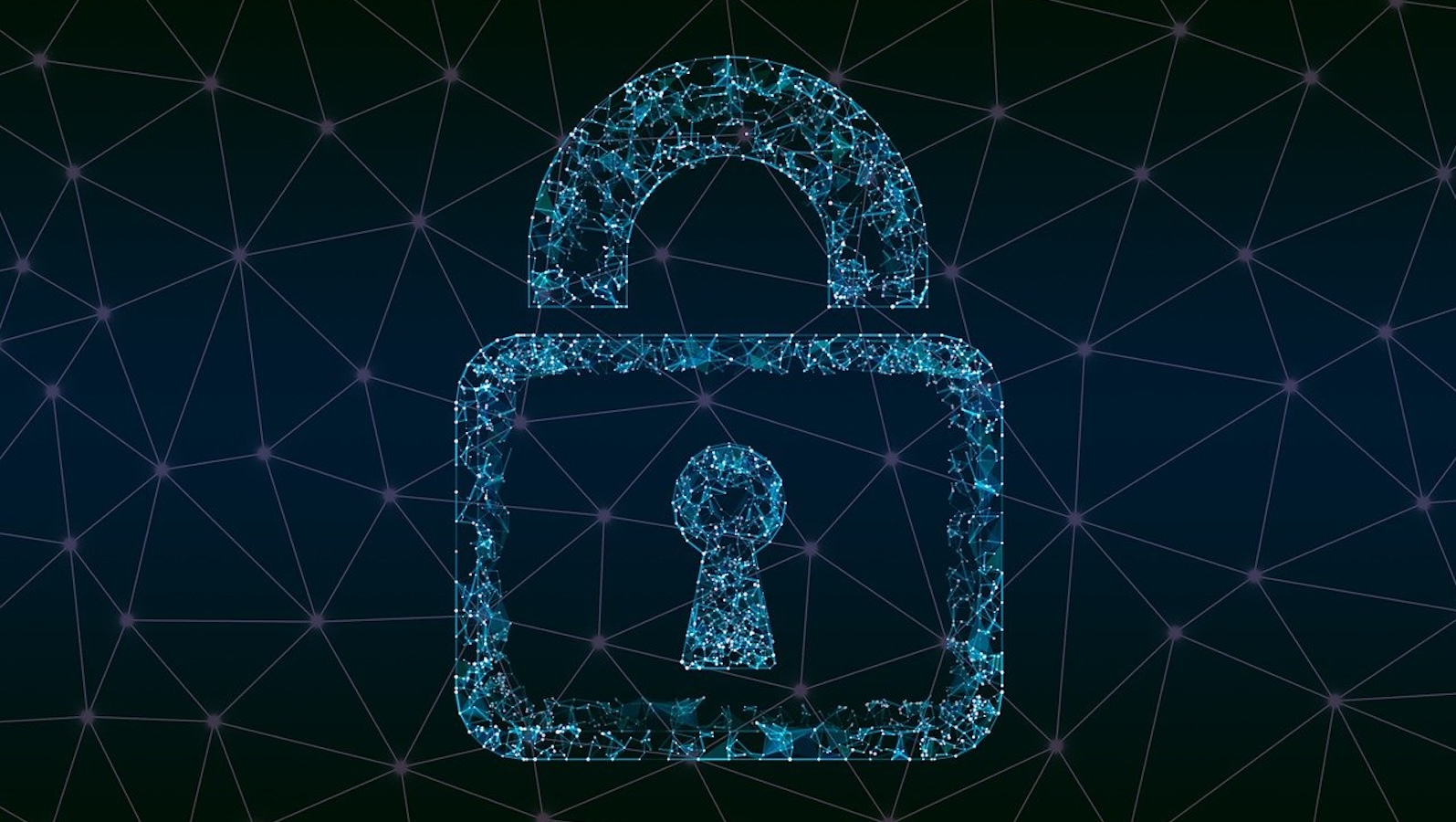The lines between personal and professional lives have never been more blurred, and for today's executives, this convergence has transformed their homes into the new battleground for sophisticated cyberattacks. This isn't just about individual privacy; it's about a vicious cycle where personal digital vulnerabilities are directly exploited to compromise corporate defenses, leading to devastating financial, reputational, and operational consequences.
The latest Digital Executive Protection Report 2025 from the Ponemon Institute and BlackCloak sheds light on this escalating crisis, underscoring the urgent need for a comprehensive digital executive protection (DEP) strategy.
The Escalating Threat: Executives Are In the Crosshairs
The report, based on insights from nearly 600 IT and security professionals, confirms what our security professionals see firsthand: Attacks on business leaders are not only increasing but also accelerating and becoming more difficult to detect. According to the report, 51% of respondents reported attacks on their organization's business leaders in 2025, up from 43% in 2023. This upswing underscores that business executives are high-value targets. Their strategic decision-making authority and access to sensitive corporate data and intellectual property make them prime entry points for threat actors seeking to bypass hardened enterprise networks.
One of the most insidious threats highlighted is the rise of deepfake impersonation attacks. The report reveals that these highly deceptive attacks targeting executives have increased from 34% of respondents in 2023 to 41% in 2025. These attacks enable malicious actors to impersonate trusted colleagues or authority figures, tricking executives into disclosing confidential information or authorizing fraudulent transactions. The financial and psychological impact of such attacks can be significant, as is the growing fear that digital attacks could escalate into physical harm, with 50% of respondents anticipating such threats and 63% now offering self-defense training.
The Vicious Cycle: Personal Vulnerabilities and Enterprise Fallout
The core of the executive risk cycle lies in the exploitation of executives' personal digital lives as a backdoor into the corporation. Traditional cybersecurity often ends at the corporate firewall, leaving business leaders' home networks and personal devices as unprotected extensions of the enterprise attack surface. The Ponemon/BlackCloak survey findings since 2023 show a continuing rise in cyberattacks that specifically exploit vulnerabilities in executives' homes. Disturbingly, theft of intellectual property and breaches of home networks have risen to become the second- and third-most common impacts of attacks on executives in 2025, a significant shift from two years ago, when erosion of business relationships and regulatory non-compliance were the primary concerns after financial loss.
This shift highlights a new reality: Executives, many of whom work remotely, often use unprotected personal devices or insecure home networks, unknowingly creating vulnerabilities for their organizations. Our experience with new clients reveals that 39% of executives have devices that have already been hacked without their knowledge, causing privacy, financial, and safety concerns for themselves, their families, and the organizations they represent. Furthermore, 20% of new clients have unmonitored, open-access home networks, leaving their smart home cameras, automation systems, and IoT devices exposed to malicious actors. This means that at least one in five executives inadvertently represents a significant vulnerability to their organization.
The Dangerous Gap: Why Traditional Security Falls Short
Despite the recognized risks and the clear evidence from reports such as the recent findings from Ponemon and BlackCloak, organizations are slow to adapt. Only 48% of organizations currently incorporate digital executive protection into their security strategies, a marginal increase from 42% in 2023. This gap is exacerbated by insufficient training and limited visibility into the digital lives of executives outside the corporate perimeter. While 62% of security professionals believe their executives will likely be targeted, only 43% provide training on how to secure personal digital assets, and a mere 38% offer such training only after an attack has occurred. Even as deepfake attacks climb, just 50% of respondents have plans to train their executives to recognize such a threat.
Breaking the Cycle With Digital Executive Protection
To effectively combat these escalating risks and defend the new battleground – executives' homes and their personal digital lives – companies must adopt a comprehensive approach.
DEP is designed to safeguard executives and their families in their personal lives, thereby protecting the company itself from devastating online threats. Effective DEP requires continuing monitoring, proactive management, and swift response across several critical areas of executives' and their families' personal digital lives:
- Privacy Management: This involves scrubbing personal information from public databases, people-search websites, and data brokers, even extending to real estate records. Executives should adopt alias email addresses and masked phone numbers for all non-critical communications and online activities. These measures significantly reduce the publicly available personal data that threat actors can leverage for phishing, doxing, and sophisticated social engineering attacks.
- Identity Theft Protection: This includes continuous vigilance over Social Security numbers, credit profiles, and other personally identifiable information (PII), coupled with dark web monitoring to detect early signs of compromise. Should suspicious activity surface, immediate response mechanisms – such as rapid credit freezes, fraud alerts, and regulatory reporting – are deployed to limit damage and restore control.
- Financial Protection: This involves integrating advanced fraud detection tools across all personal accounts, automating credit freezes, and establishing precise incident response protocols. If a fraudulent credit line is opened, for example, the DEP team must immediately freeze credit, file official fraud alerts, and notify law enforcement and financial institutions, prioritizing speed and precision to mitigate financial impact.
- Family Protection: Often the most overlooked vulnerability, family members – particularly teenagers and non-technical spouses – can inadvertently create exploitable backdoors into the executive's broader digital environment. Therefore, it's essential that family members are enrolled in identity monitoring, equipped with hardened devices, and thoroughly trained on critical cybersecurity practices like phishing awareness, safe browsing, and strong password hygiene.
- Personal Device Hardening: Executives' personal phones, laptops, and tablets must be fortified with enterprise-grade security measures. This includes systematically disabling unused features, enforcing robust encryption, meticulously managing app permissions, and regularly scanning for malware.
- Cybersecurity and Malware Protection: A comprehensive approach demands robust endpoint protection, encrypted storage, and regular security audits across all personal and family devices. Regular penetration tests and adherence to patching schedules are vital for maintaining a strong security posture. Additionally, sensitive tasks should always be conducted within secure, isolated environments to prevent cross-contamination or data leakage.
Other important areas of DEP can include: home network hardening, IoT monitoring and detection, deepfake protection, and physical-digital integration.
The era of securing just the corporate network is over. The vicious cycle of executive risk, fueled by rising attacks on personal digital lives, demands a paradigm shift in cybersecurity. By investing in comprehensive digital executive protection, organizations can transform their most valuable assets – their leaders and their families – from potential entry points into an impenetrable first line of defense, safeguarding not just data but reputations, finances, and the future of the enterprise.






